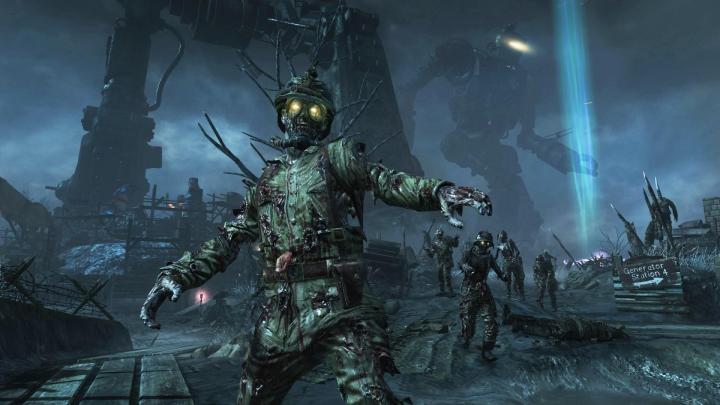
While this tactic may seem innocuous enough, there is a very real danger associated with demographic energy drinks have decided to target. According to a Statista breakdown of the ages of gamers in the United States, 26 percent of them are under the age of 18. A 2014 Entertainment Software Association report suggests similar numbers, claiming that 29 percent of gamers are adolescents. While the majority of gamers are, in fact, older (the average age is actually around 30), there remains a considerable cohort of young teens who are perhaps even more susceptible to advertisements from companies like Mountain Dew Energy, Monster or Nintendo Powerup Energy Drink.
There is certainly a correlation between energy drink consumption and gaming that makes young gamers a strategic target demographic for advertisers. A 2014 study conducted by the University of Minnesota suggested that boys who drank energy drinks on a weekly basis spent around four more hours playing video games per week than boys who did not consume energy drinks as often.
And this is particularly problematic considering the very real health risks that are especially dangerous for teens. A March study from the Rudd Center for Food Policy and Obesity noted that teens and adolescents who consumed highly caffeinated energy drinks could suffer negative health, social, emotional and behavioral problems. Moreover, hospital emergency room visits by teens as a result of energy drinks jumped 30 percent between 2007 and 2011, and according to The New York Times, just last year a Norwegian 14-year-old in “collapsed and fell into a coma after reportedly drinking four liters of energy drinks during a 16-hour Call of Duty party at his school.”
So while the burst of energy may seem like enough to fuel even the longest of gaming tournaments, there may be a hefty price to pay.


